
Cystic fibrosisis a genetic disease that affects the whole body, leading to disability andcausing lethal consequences. The disease, also known as simply CF or mucoviscoidosis,is caused by mutation of gene controlling sweating, mucus and digestiveenzymes. The disease is autosomal recessive condition, which means that it isonly expressed if we received two copies of the mutated gene from our parents. Ifone gene is normal, the patients won’t get cystic fibrosis.
CF Symptoms andTherapy
First symptomsor CF are breathing problems, but the patients often experience growth difficulties,sinus infections and diarrhea. Infertility might also be caused by thisdisease. CF affects the exocrine glands, especially sweat glands and they don’tabsorb the chloride as they should be. As the result, people suffering from CF haveextremely high concentration of chloride in the sweat.
Cystic fibrosisis a disease common among Caucasian population, and there is about 30.000Americans suffering from this serious disease.
There is nocure for CF. Patients are treated for their airway infections, gastrointestinaland reproductive problems, along the psychological support. Transplantation andgene therapy are also possible treatment options for cystic fibrosis patients.
Diagnostic Test for CF
CF can bediagnosed before and after the birth. Unborn children’s diagnosis is establishedthrough the genetic testing, while cystic fibrosis in babies, children andadults is diagnosed after a sweat test. Sweat test goal is to measure the levelof chloride in sweat. These days, sweat test has become test for newbornchildren, done just several days after the birth.
During theprocedure, two gauze pads are placed on the forearm, one soaked with salt waterand the other with pilocarpine. The pads are connected with electrodes, and throughthem, the doctor will pass some mild electric current for 10 minutes, in orderto increase the absorption of pilocarpine and induce sweating. After that, thepads and electrodes are removed, and some filter paper is placed on those exactspots. The filter paper is firstly weighted and covered with someparaffin and left to collect the sweat for 30 to 40 minutes. After that time, doctorswill weigh the paper again and calculate the amount of the sweat and then run some teststo determine the level of chloride and sodium in the sweat.
The test isconsidered to be 98% accurate and it doesn’t cause any discomfort or pain. Onlypotential unpleasant effect might be transient redness of the skin or increasedsweating for some time after the testing.
Test Results
Results whichmeasured more than 60mEq/l (milli equivalents per liter) of chlorides in thesweat are indicating cystic fibrosis. Borderline results are between 40 and60mEq/l and less than 40mEq/l (or 30 in babies) are considered to be normalresults.
Borderline patientsare usually tested one more time and there are some molecular tests, designedto confirm CF diagnosis.
Several conditionsmight interfere with the sweat test results. This include: pancreas infectionand thyroid and pituitary gland problems. These conditions can be easilydiagnosed and they are rarely (or never) confused with cystic fibrosis.


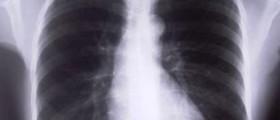
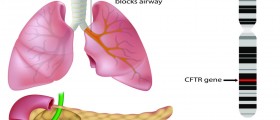
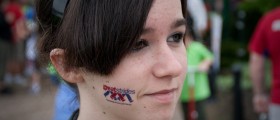



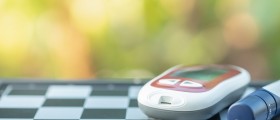
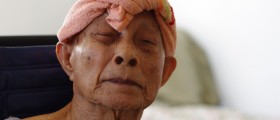
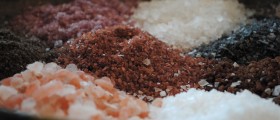

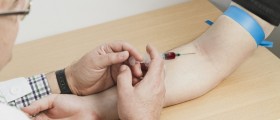
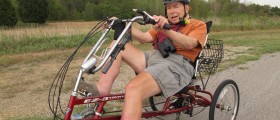

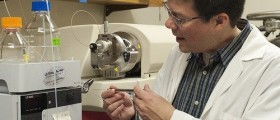

Your thoughts on this
Loading...